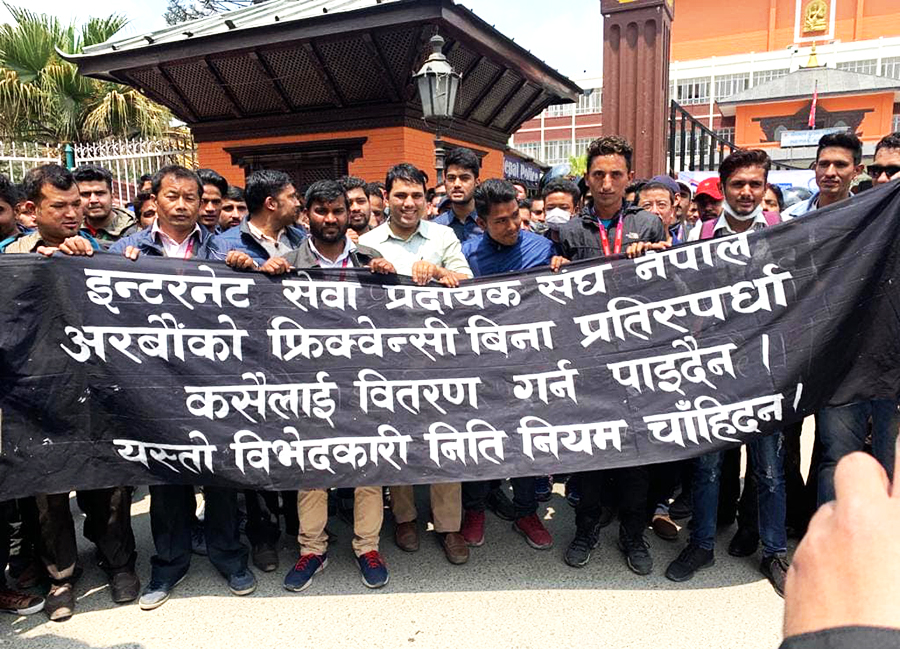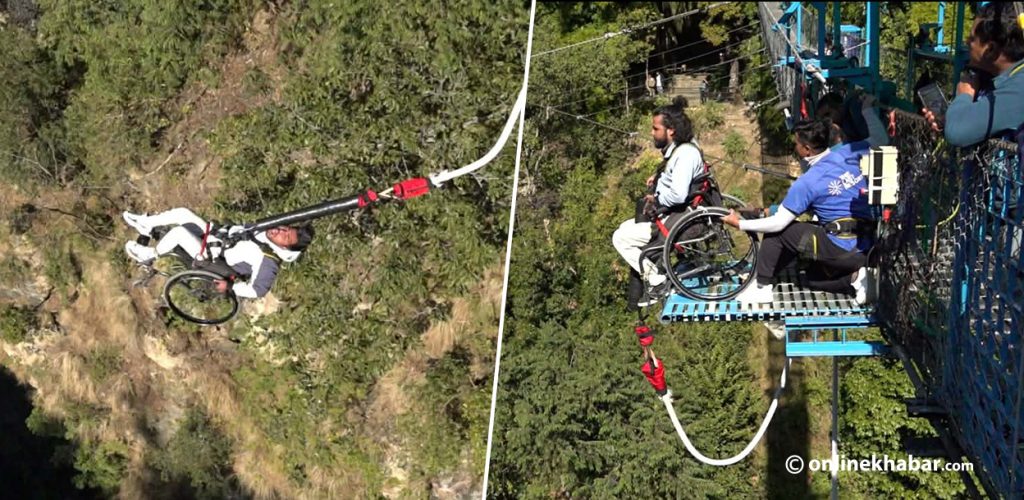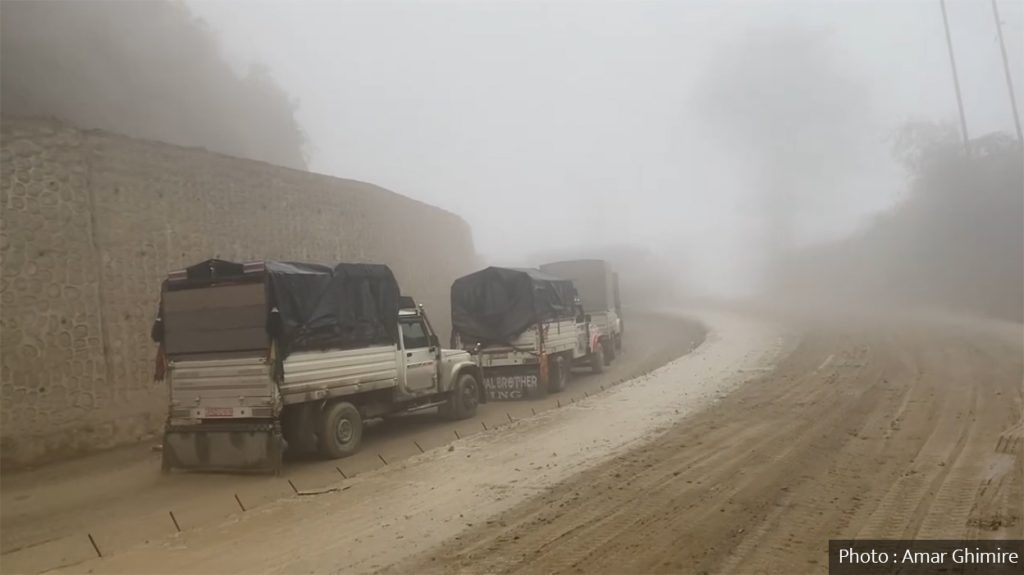
The 21st century, called the ‘Information Age’, is backed by various astonishing scientific discoveries, with ‘The Internet’ standing out as the most transformative. From the moment our day begins to when we go off to sleep, our daily activities function within this very intricate web of technology—the Internet, redefining how we connect, work, and learn.
For children (individuals under the age of eighteen, as per the law of Nepal), this profound integration of the Internet, especially in their formative years, results in far-reaching implications for their cognitive and social development. Here, while the Internet features numerous advantages and opportunities for a child’s growth, it simultaneously exposes them to crucial risks, ultimately raising concerns regarding their ‘online safety’, particularly in the emerging digital landscape of Nepal.
Opportunities and risks of the digital playground
As per a report by ChildSafeNet (CSN) and UNICEF, 85.85 per cent of children in Nepal use the internet on their mobile phones. This very statistic depicts the increasing involvement and active digital presence of Nepali children, emphasising the powerful impact of the Internet in shaping their daily experiences.
On one hand, the digital space provides a handful of opportunities through platforms such as Google Classroom, YouTube, Edusanjal, etc., regardless of the geographical constraints. Numerous other social media platforms and online forums allow children to connect globally, share ideas, and foster their creativity.
However, the use of the Internet also comes with significant risks and dangers—“including exposure to inappropriate content, cyberbullying, online predators, and privacy breaches”, as explained in a situation paper by ChildSafeNet (CSN) and UNICEF in the year 2024.
Parents often introduce their children to mobile phones and tablets in the pursuit of seeking the benefits of technology and the internet. Children, however, cannot distinguish between the use and abuse of those digital devices.
As a consequence, the internet can become hazardous for innocent minds in the absence of adequate parental guidance and supervision. Children exploring social media, gaming platforms, or unregulated websites may encounter dangerous content that may negatively affect their mental and emotional health in the long run. We can take a well-known example of cyberbullying.
Cyberbullying, the use of electronic media to harass, insult, and threaten someone has surfaced as one of the major issues in our society. According to a report by the National Information Technology Center, Nepal recorded over 1,000 cases of cybercrime as of 2020, among which the majority of cases were related to online harassment and cyberbullying.
In addition, online predators can also target and misuse the weaknesses of children, mostly through anonymous interactions on social media, with the intent to negatively manipulate and deceive them. “Children are also perceived as more vulnerable than adults to privacy online threats due to their lack of digital skills or awareness of privacy risks”, as stated in an evidence review.
Because of this, children often unknowingly share their sensitive details like locations, images, or other contact details, which makes them even more prone to exploitation, fraud, and identity theft. For instance, numerous reports of minors and children being coerced into sharing their private content online have emerged in Nepal. Such triggering experiences contribute to immense psychological traumas and mental distress among children.
Digital guidance

Addressing these crucial challenges demands the collaborative involvement of parents and educators. Parents, as the foremost mentors, should take up initiative to provide ‘digital guidance’ to their children, ensuring that they engage with safe internet usage.
Simple steps like setting up parenting controls and filtering tools, limiting screen time, and having open conversations regarding the evil lurking on the Internet. Similarly, educators can also embed the ideas of ‘digital literacy’ into their school lessons and curriculum, to equip children with the ability to distinguish and report inappropriate activities online.
Current legal frameworks of Nepal
Nepal has made some progress in managing and regulating its digital landscape. Yet, there remains a lot of space for improvements to safeguard and protect children in the complex digital realm. The Electronic Transactions Act, 2063 (2008), while it stands as a foundational and primary law on cybersecurity, its major focus lies merely on cybercrimes such as piracy, fraud, and other data breaches.
It lacks strong measures to deal with newer and more pressing concerns, like cyberbullying, privacy violations that are specific to children, and online harassment, particularly on social media and gaming platforms, which are increasingly popular among children.
While the Act Relating to Children, 2075 BS (2018), established penalties for digital sexual exploitation and child pornography, no such clause is provided for protection against non-sexual kinds of abuse, such as verbal cyberbullying, defamation, or repeated online harassment. The victims of such abuses, moreover, are usually children who are unskilled in digital literacy and without a support system to report incidents, much less afford psychological counseling, which adds further to their vulnerability.
Complementing this, in light of the growing internet threats, an Online Child Protection Procedure, 2078 (2021), was developed to protect children from exposure to harmful online content. It mandates service providers to block explicit material and create in-place mechanisms for handling complaints. However, this framework is barely enforced and lacks coverage of misuse of personal information, doxing (sharing of private information without consent), and coercive threats, all of which are on the rise.
Amid rising concerns regarding digital security, the government resorted to the Social Media Regulation Bill, 2081 (2025). Its provisions mention cyberbullying, identity theft, and the sharing of explicit or morphed content, to an extent. The bill intends to check, regulate social media behavior, and hold online wrongdoers accountable. On the contrary, most of the criticism has been directed at the vague and ambiguous language used.
Following this, the government has proposed the Information Technology and Cyber Security Bill, 2082 (2025) for the modernisation of outdated cyber laws in our country. The bill introduces clearer provisions for penalizing cyberbullying, online harassment, and privacy breaches, including unauthorized use or manipulation of personal data. It also proposes the setting up of specialized IT courts to deal with such offenses more effectively.
Nonetheless, both the bills, as they stand now, have no specific provisions with child-specific protections within them, like age-appropriate privacy defaults, simplified reporting mechanisms for minors, or mandatory digital platform safety.
Therefore, while Nepal has made some strides in the prevention of cyber threats, a gap remains in the legal provisions that explicitly protect children. In the absence and insufficiency of specific provisions for protecting children on the Internet, they remain vulnerable to cyberbullying, breaches of privacy, and many other forms of harassment. Upgraded legal standards for child safeguarding in Nepal’s burgeoning digital space should be ensured through age-appropriate safeguards, better enforcement, and enhanced digital literacy.






















